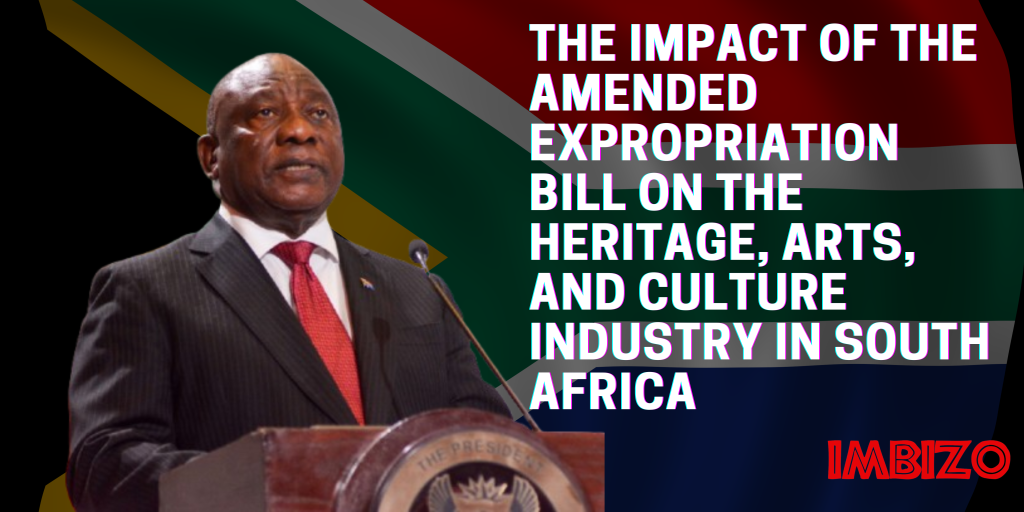The Expropriation Bill, which was recently amended, has sparked widespread discussion across various industries in South Africa, including the Heritage, Arts, and Culture sector. The bill, rooted in Section 25 of the Constitution, allows for the expropriation of property for public purposes or in the public interest, with provisions for nil compensation in certain circumstances. While much of the debate has centered around land reform, the implications for the preservation, promotion, and sustainability of South Africa’s rich cultural and artistic heritage cannot be ignored. This article explores how the amended bill will impact historical sites, cultural institutions, creative spaces, and the livelihoods of artists.
The Expropriation Bill provides a legal framework for the government to acquire private property for the benefit of the public. Key provisions include:
- Expropriation in the public interest, which includes land reform and equitable access to natural resources.
- Compensation mechanisms that consider historical acquisition, market value, and state investment.
- The possibility of expropriation without compensation where land is unused, abandoned, or has been acquired through state subsidies.
While the bill primarily addresses land redistribution, its effects on the broader cultural and artistic landscape require deeper analysis.
Implications for Heritage Sites and Cultural Landmarks One of the primary concerns is the potential impact on heritage sites and cultural landmarks, many of which are privately owned or held in trust by cultural institutions. The bill’s provisions could lead to: Government Acquisition of Cultural Sites: Historical buildings, monuments, and museums may be subject to expropriation if they are deemed to serve a greater public purpose.
This could provide an opportunity for the state to preserve these spaces more effectively but also raises concerns about bureaucratic inefficiencies and resource allocation. Threats to Indigenous and Community-Owned Heritage: Many sacred and culturally significant sites are held by traditional councils or community trusts. The expropriation of such sites could disrupt cultural continuity and community governance. Conservation and Restoration: Expropriation may offer new opportunities for government-funded restoration projects but may also displace organizations currently managing these sites.
The Role of Artists and Cultural Activists Artists and cultural activists have historically played a key role in advocating for social change, and their involvement in shaping policies related to expropriation is crucial. Some ways in which they can influence the discourse include: Policy Engagement: Participating in consultations to ensure that the bill safeguards artistic and cultural spaces. Community Mobilization: Raising awareness about the potential effects of expropriation on heritage preservation. Advocacy for Fair Compensation: Ensuring that artists and cultural institutions receive just compensation when properties are expropriated.
